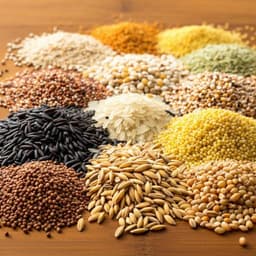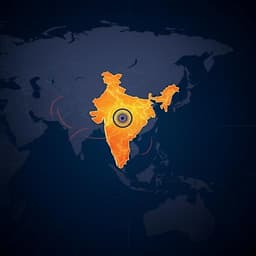
Agriculture
Solving groundwater depletion in India while achieving food security
N. Devieneni, S. Perveen, et al.
This research by Naresh Devieneni, Shama Perveen, and Upmanu Lall reveals how adjusting India's Procurement & Distribution System can not only tackle groundwater depletion but enhance food security and farm income. By optimizing crop production, even without irrigation, this study addresses critical sustainability challenges in grain-producing regions.
Playback language: English
Related Publications
Explore these studies to deepen your understanding of the subject.







